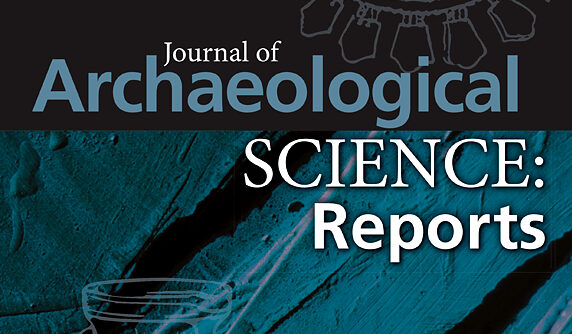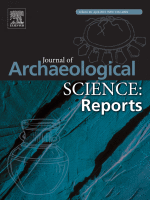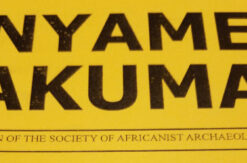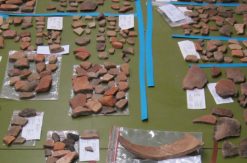Attribution & Copyright: Elsevier B.V.
Article – Project 1 – Necked Axes
Abstract:
Prehistoric stone axes are common in the Sahara but not much attention has been paid to them in recent research. Necked axes, also “haches à gorge” or “Darfur axes”, are a remarkable form of axes, which are characterised by a groove and a round or mushroom shaped neck. This rather peculiar type is widespread throughout the Sahara and can be linked with different pastoral groups of the 5th to 3rd/2nd millennia BCE. The distribution of these axes between the Nile Valley and Mali raises questions of trade and transport. In this regard the raw material used for the manufacture of these axes is of special interest. Visual rock determination of necked axes from the eastern Sahara, especially from the Wadi Howar and Laqiya regions in northern Sudan, indicates igneous rocks, mainly diabase, as raw material. As macroscopic raw material determination of archaeological objects can be difficult due to ancient surface treatment and taphonomic processes, a non-destructive elemental analysis approach was performed. pXRF analysis carried out on 62 pieces from the eastern Sahara for the first time allowed to further distinguish different rock groups based on their chemical composition. Comparison between pXRF measurements on the natural and fresh surfaces was made to address the question of taphonomic influence. A look for potential raw material sources for the production of the necked axes found in northern Sudan indicate a regional provenance of the raw material to be probable.




